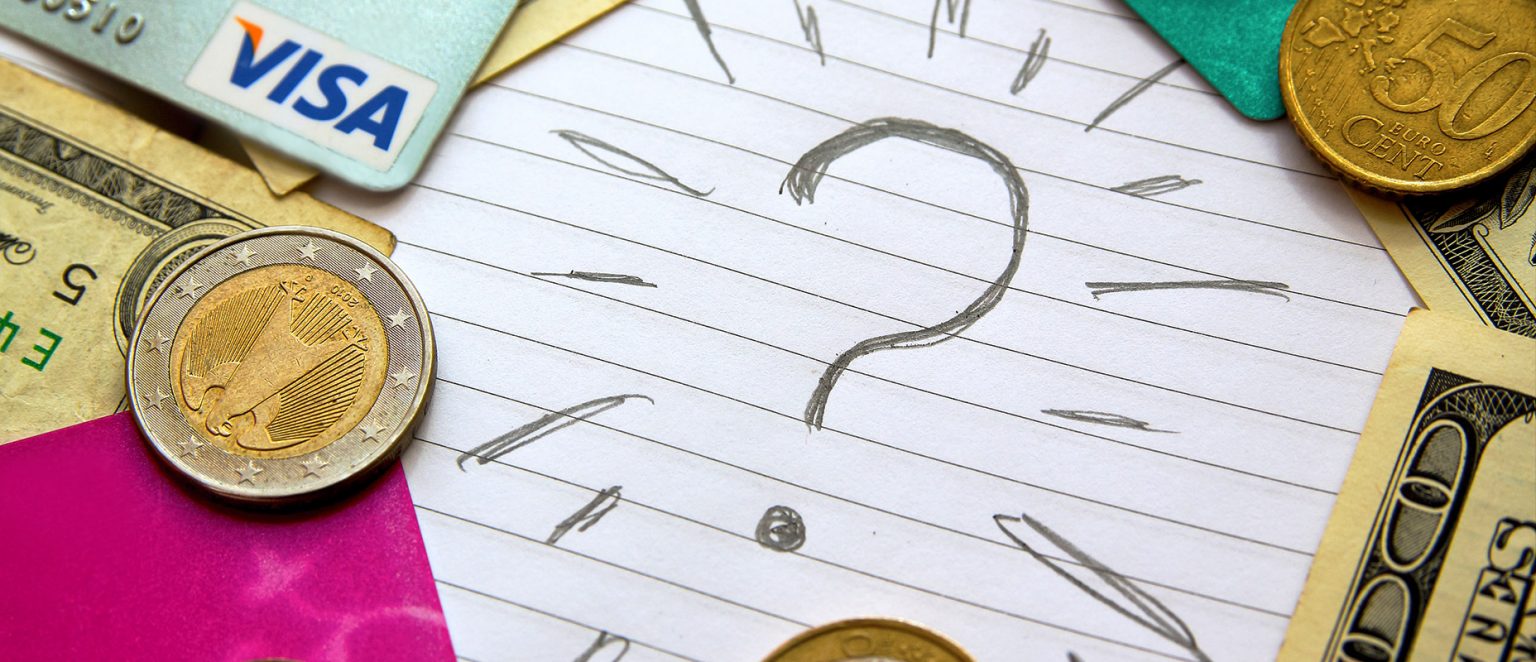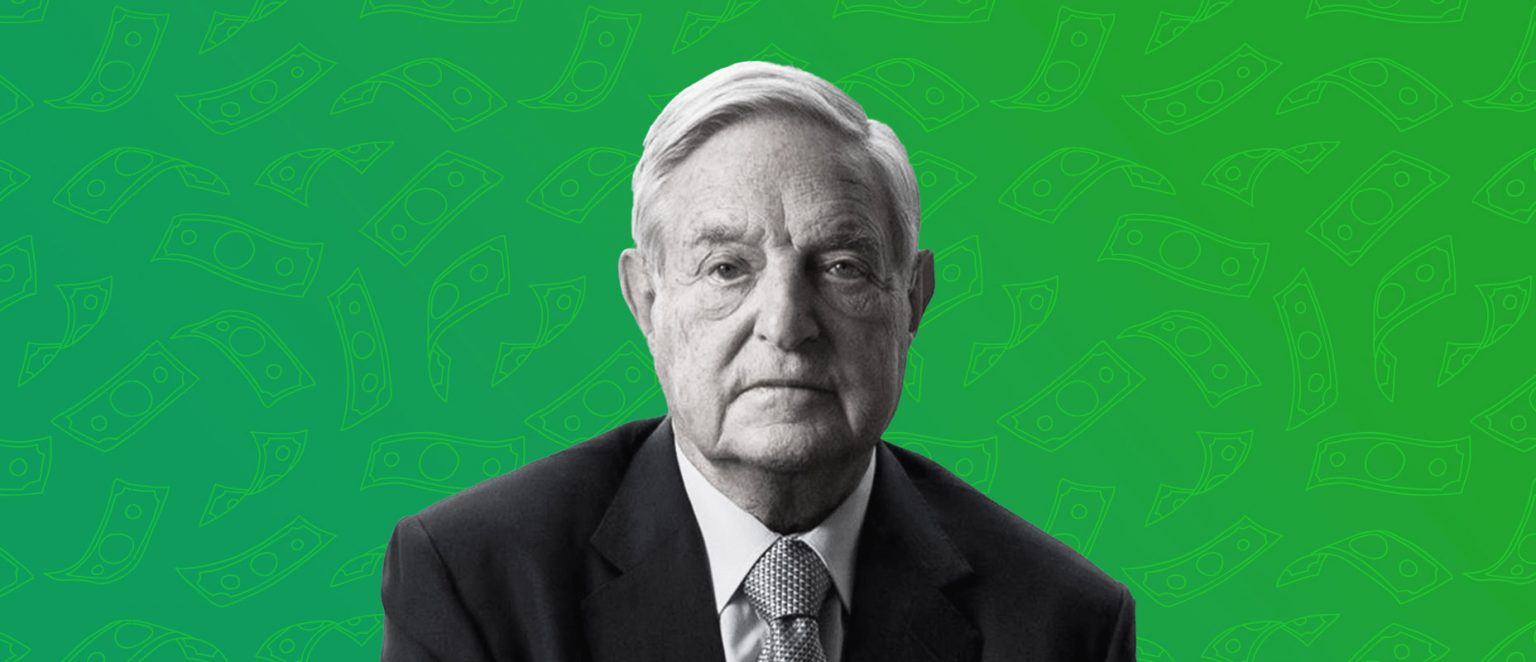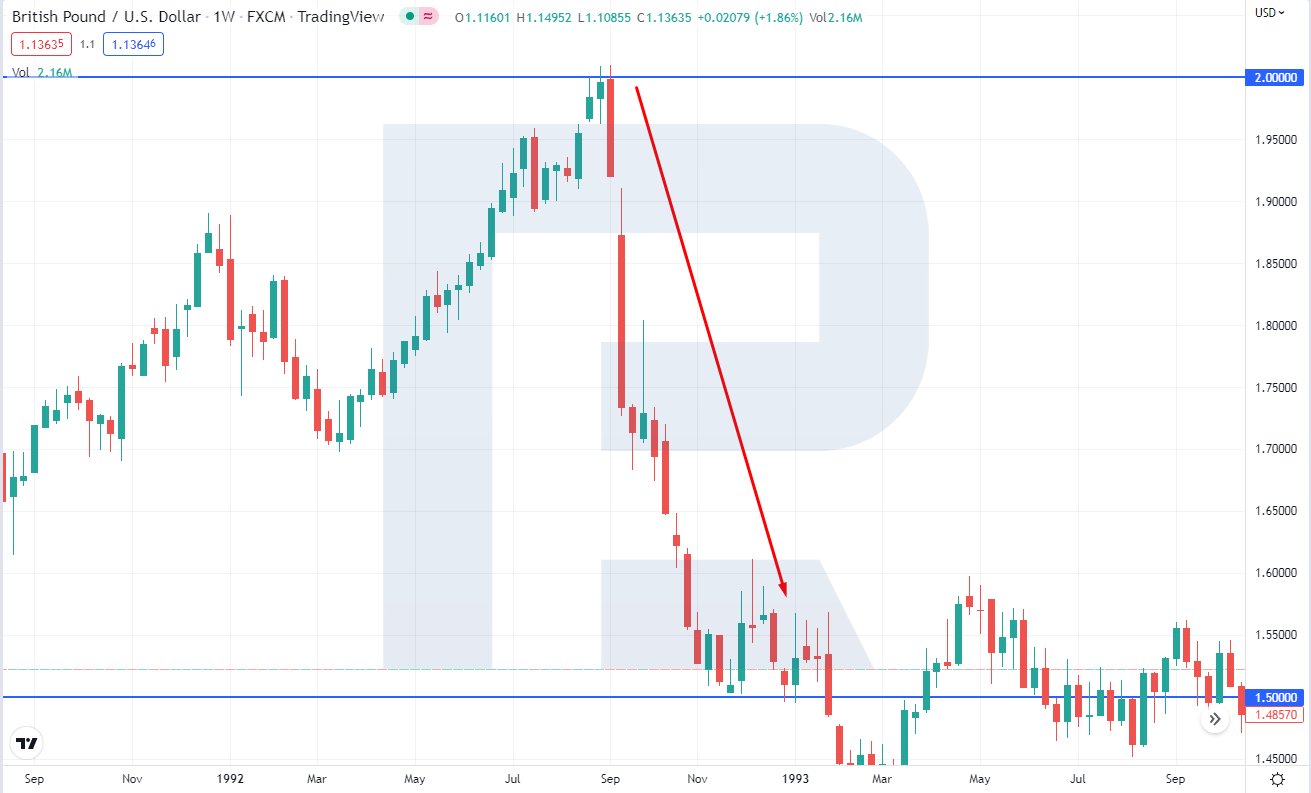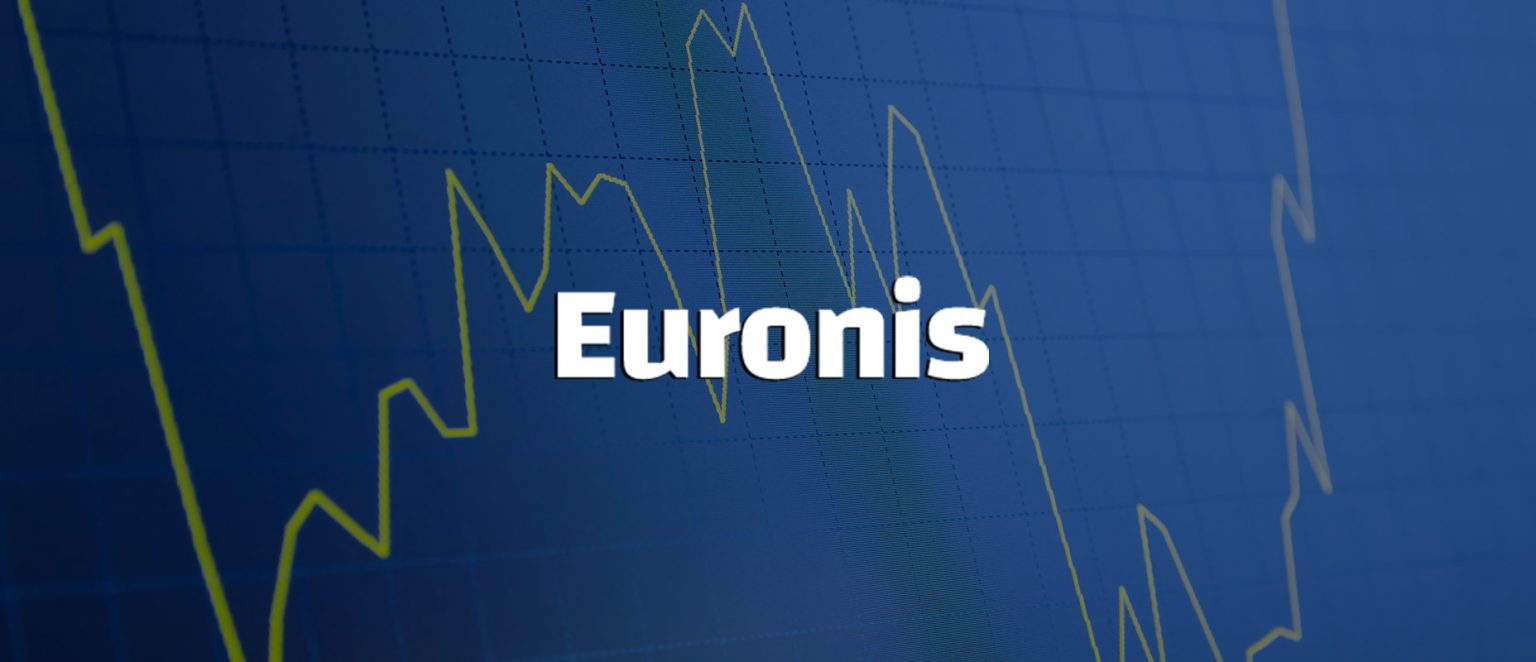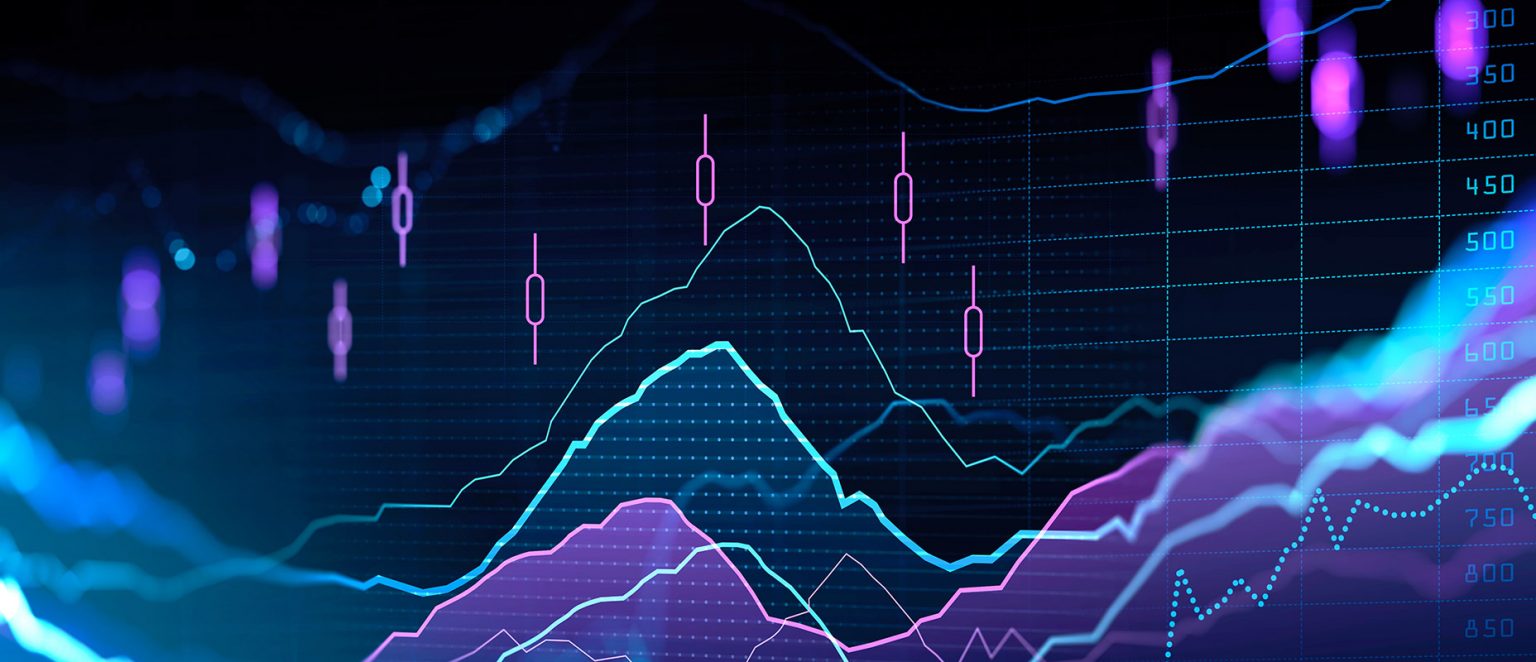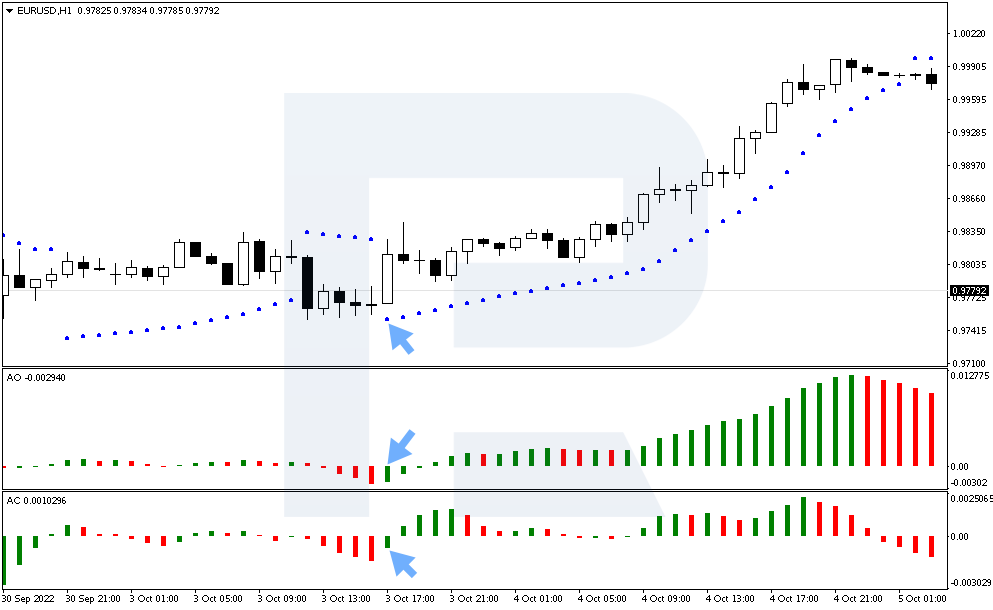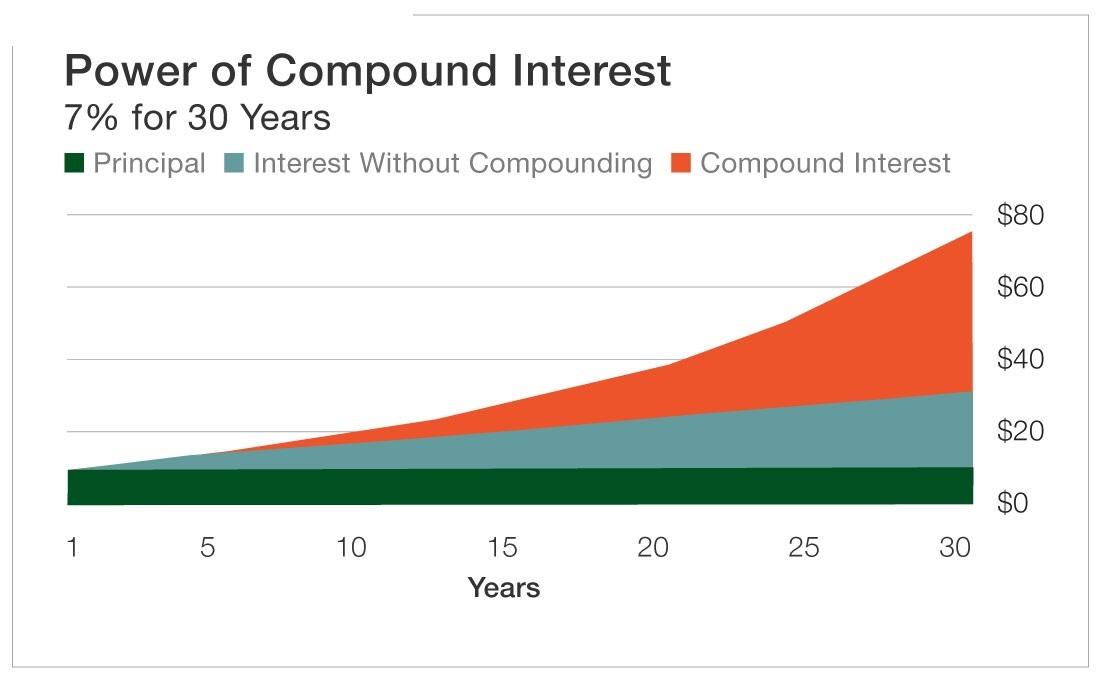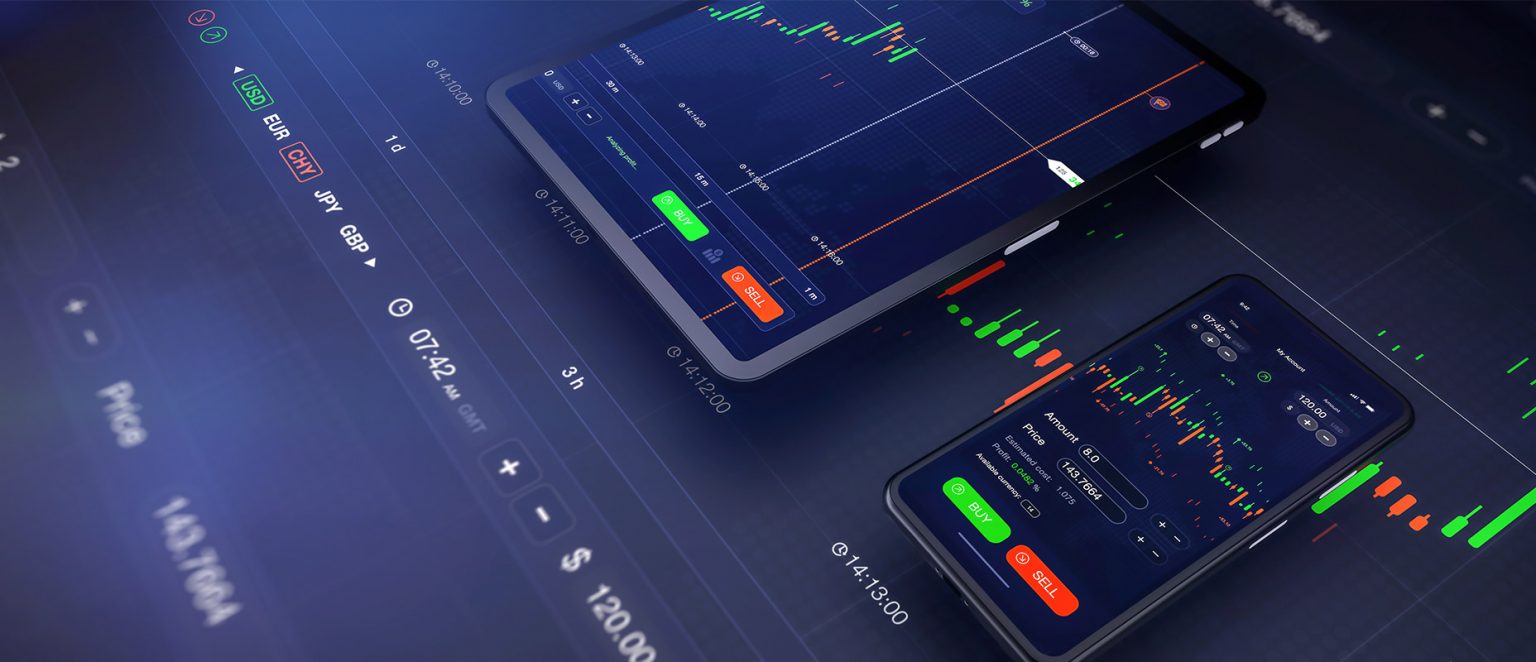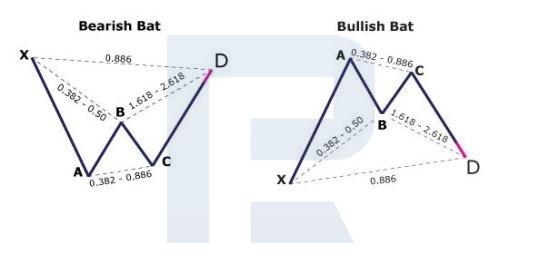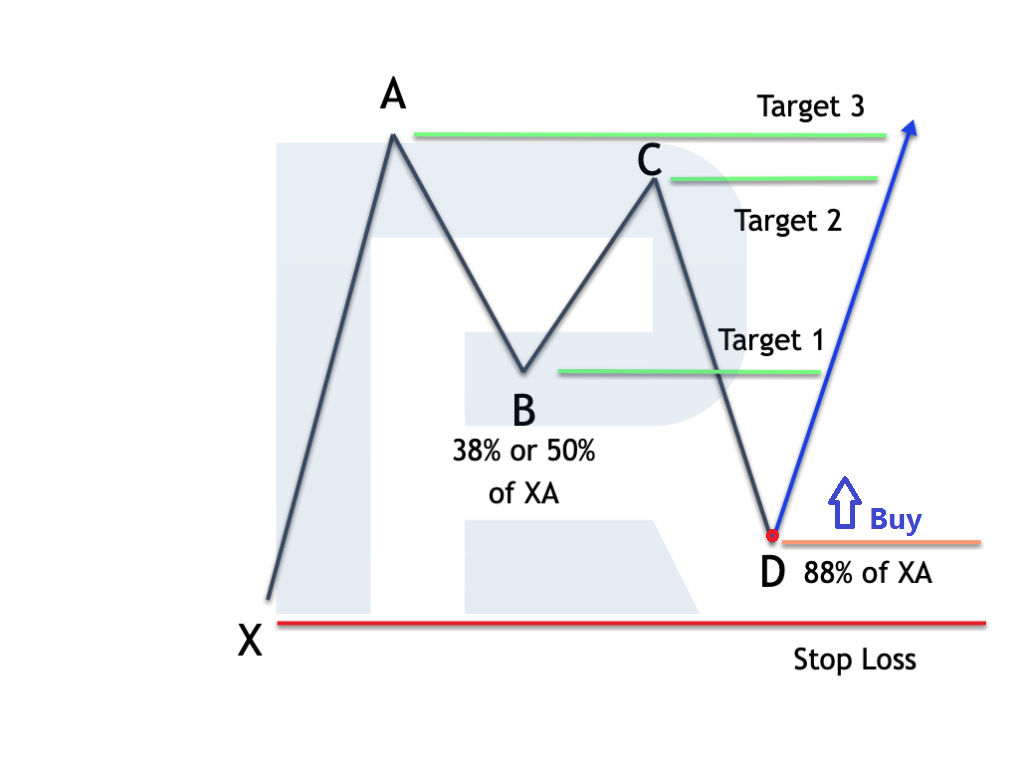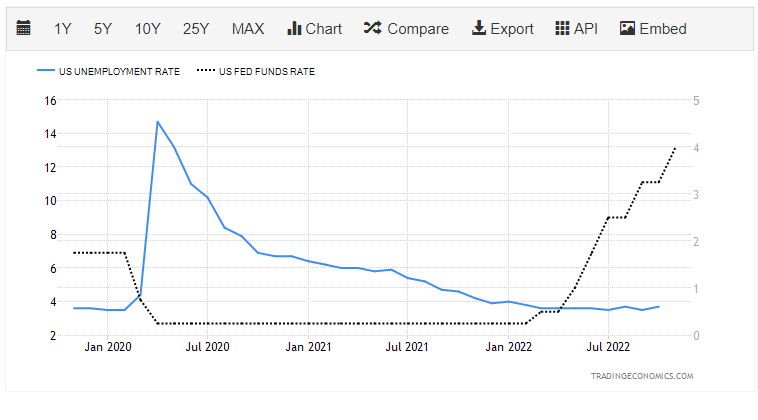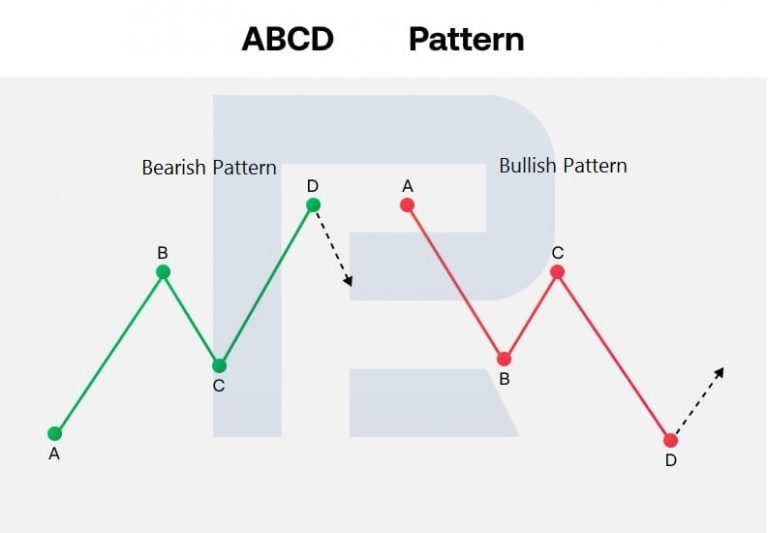Vlad RF
Member
What is Forex? Introduction to the Foreign Exchange Market
Author: Dmitriy Gurkovskiy
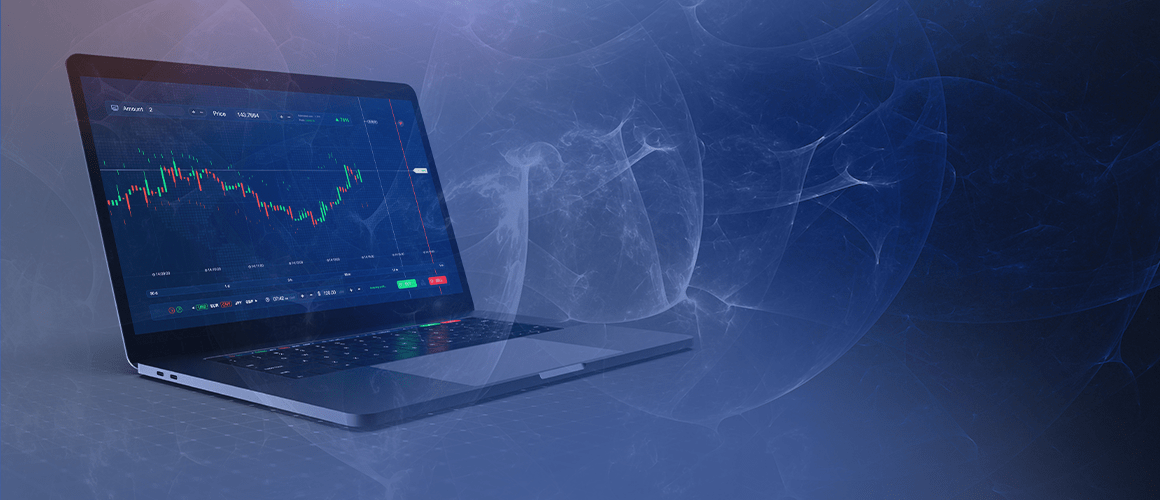
Dear Clients and Partners,
What is Forex?
Forex exchange market (name derived from FOReign EXchange) is an international market meant for broker companies, banks and investment funds trading currencies. Currency exchange market formed in the 70-s when the financial world passed from the gold standard to free currency pricing. The market works on the basis of free conversion of currencies without state interference and guarantees freedom of such transactions. At the same time, there is a number of rules and restrictions regulating relationship between traders and brokers.
Sometimes one might hear Forex called monetary exchange; however, this is wrong. Forex is an international non-stock exchange without a particular place for trading. One can trade via the Internet or using a telephone. Market players can make currency transaction from any spot on the globe. So long that Forex is a non-stock exchange, transactions may go without registration.
Though Forex players do not have to worry about the place of trading, their work still depends greatly on trading hours which vary in different parts of the world: in Asia-Pacific, in Europe and in North America.
Starting 1989 Bank for International Settlements (BIS) carries out a thorough analysis of the market every 3 years. Data shows that the daily turnover of Forex was 1.5 trillion USD in the year 2000 and reached 4.0 trillion USD 10 years later. BIS experts forecast the growth of Forex daily turnover up to 10 trillion USD by 2020. Part of this volume is provided by margin trading which implies contracting for sums substantially bigger than the actual capital of one transactor. Regardless of nature and the purposes of transactions, a large daily turnover guarantees high liquidity of the market. Another fact is that roughly 75% of transactions on Forex are conducted by American banks.
Forex Market Characteristics
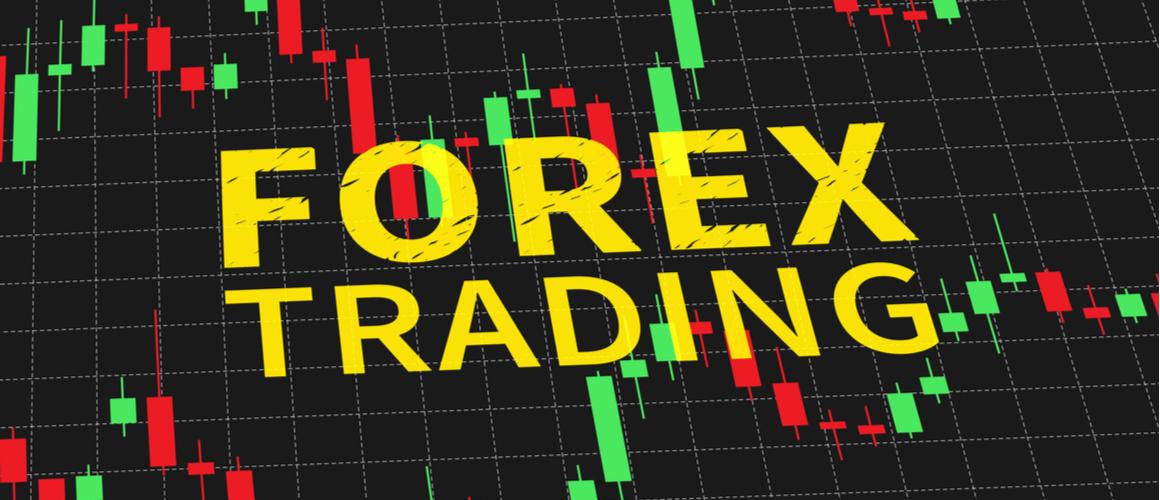
The international exchange market Forex is of one of the most numerous types of financial markets existing at present. At the same time it is one of the largest markets. As other markets do, it attracts traders and investors offering them an opportunity to make a profit on the difference in exchange rates or just to exchange one currency for another. Every person making an exchange operation via a mobile bank application automatically becomes part of the scheme which connects the participants through various information systems and gives them access to currency exchange operations Monday to Friday 24 hours a day.
Forex has a number of advantages distinguishing it from other market types.
Availability
To become a Forex player and get an opportunity to make a profit on the difference in exchange rates, one has to open a trading account in a company providing such services. Then one has just to replenish their account and start trading. It is worth remembering that successful trading requires some experience and certain knowledge of chart analysis. However, almost any person can integrate rather easily into trader community.
Leverage
When buying or selling currencies a trader does not need to have a deposit covering the price of the whole contract. A leverage will help enhance one’s financial potential, because it allows for transaction amounting to much bigger sums than the trader possesses. On the one hand, this is an opportunity to earn a substantial profit with a modest sum on the account; on the other hand, risks grow accordingly. Thus, the risks are to be thoroughly studied and controlled. More information you can find in our posts What is Leverage and How to Trade with Leverage.
High volatility
Volatility means any changes in the price of an instrument. Forex is a market of high volatility. Exchange rates are particularly quick to change, and a trader’s aim is to make a profit on their volatility. That is why the bigger the changes are, the bigger is the trader’s profit, regardless of whether a currency is growing or falling in price, the latter phenomenon being yet another characteristic of the market. The truth is that traders can equally make a profit out of rises and out of falls of currencies. That is why high volatility together with leverage provides an excellent opportunity for earning money. However, risks are to be taken into account.
Forex market players
International inter-bank market Forex is a non-stock trading platform. In other words, the platform does not exist physically. All operations take place on the Net. Presently, major Forex players are national Central banks of different countries.
Most influential ones are the European Central Bank and the Federal Reserve System. Central banks of other countries also influence the volatility of currencies, their aim being prevention of steep surges in prices.
Commercial banks are also present on Forex. They can hardly influence monetary and credit policy of major players; however, they significantly enhance the liquidity on the market. Commercial banks make speculative influence, constantly manipulating exchange rates in order to make a profit and making lots of transactions. Commercial banks make profit out of spread which is the difference between buying and selling rates.
Apart from banks, other Forex players are brokers, broker companies and dealing services which contribute a lot to currency price formation as agents. What is more, they give access to the inter-bank market to individual traders and investors; trading via broker and dealing companies, individuals make the largest part of transactions on the market.
Read more at R Blog - RoboForex
Sincerely,
RoboForex team
Author: Dmitriy Gurkovskiy

Dear Clients and Partners,
What is Forex?
Forex exchange market (name derived from FOReign EXchange) is an international market meant for broker companies, banks and investment funds trading currencies. Currency exchange market formed in the 70-s when the financial world passed from the gold standard to free currency pricing. The market works on the basis of free conversion of currencies without state interference and guarantees freedom of such transactions. At the same time, there is a number of rules and restrictions regulating relationship between traders and brokers.
Sometimes one might hear Forex called monetary exchange; however, this is wrong. Forex is an international non-stock exchange without a particular place for trading. One can trade via the Internet or using a telephone. Market players can make currency transaction from any spot on the globe. So long that Forex is a non-stock exchange, transactions may go without registration.
Though Forex players do not have to worry about the place of trading, their work still depends greatly on trading hours which vary in different parts of the world: in Asia-Pacific, in Europe and in North America.
Starting 1989 Bank for International Settlements (BIS) carries out a thorough analysis of the market every 3 years. Data shows that the daily turnover of Forex was 1.5 trillion USD in the year 2000 and reached 4.0 trillion USD 10 years later. BIS experts forecast the growth of Forex daily turnover up to 10 trillion USD by 2020. Part of this volume is provided by margin trading which implies contracting for sums substantially bigger than the actual capital of one transactor. Regardless of nature and the purposes of transactions, a large daily turnover guarantees high liquidity of the market. Another fact is that roughly 75% of transactions on Forex are conducted by American banks.
Forex Market Characteristics

The international exchange market Forex is of one of the most numerous types of financial markets existing at present. At the same time it is one of the largest markets. As other markets do, it attracts traders and investors offering them an opportunity to make a profit on the difference in exchange rates or just to exchange one currency for another. Every person making an exchange operation via a mobile bank application automatically becomes part of the scheme which connects the participants through various information systems and gives them access to currency exchange operations Monday to Friday 24 hours a day.
Forex has a number of advantages distinguishing it from other market types.
Availability
To become a Forex player and get an opportunity to make a profit on the difference in exchange rates, one has to open a trading account in a company providing such services. Then one has just to replenish their account and start trading. It is worth remembering that successful trading requires some experience and certain knowledge of chart analysis. However, almost any person can integrate rather easily into trader community.
Leverage
When buying or selling currencies a trader does not need to have a deposit covering the price of the whole contract. A leverage will help enhance one’s financial potential, because it allows for transaction amounting to much bigger sums than the trader possesses. On the one hand, this is an opportunity to earn a substantial profit with a modest sum on the account; on the other hand, risks grow accordingly. Thus, the risks are to be thoroughly studied and controlled. More information you can find in our posts What is Leverage and How to Trade with Leverage.
High volatility
Volatility means any changes in the price of an instrument. Forex is a market of high volatility. Exchange rates are particularly quick to change, and a trader’s aim is to make a profit on their volatility. That is why the bigger the changes are, the bigger is the trader’s profit, regardless of whether a currency is growing or falling in price, the latter phenomenon being yet another characteristic of the market. The truth is that traders can equally make a profit out of rises and out of falls of currencies. That is why high volatility together with leverage provides an excellent opportunity for earning money. However, risks are to be taken into account.
Forex market players
International inter-bank market Forex is a non-stock trading platform. In other words, the platform does not exist physically. All operations take place on the Net. Presently, major Forex players are national Central banks of different countries.
Most influential ones are the European Central Bank and the Federal Reserve System. Central banks of other countries also influence the volatility of currencies, their aim being prevention of steep surges in prices.
Commercial banks are also present on Forex. They can hardly influence monetary and credit policy of major players; however, they significantly enhance the liquidity on the market. Commercial banks make speculative influence, constantly manipulating exchange rates in order to make a profit and making lots of transactions. Commercial banks make profit out of spread which is the difference between buying and selling rates.
Apart from banks, other Forex players are brokers, broker companies and dealing services which contribute a lot to currency price formation as agents. What is more, they give access to the inter-bank market to individual traders and investors; trading via broker and dealing companies, individuals make the largest part of transactions on the market.
Read more at R Blog - RoboForex
Sincerely,
RoboForex team










